Non Lethal Weapons Size
Non Lethal Weapons Market Growth Projections and Opportunities
The market dynamics of non-lethal weapons are shaped by a complex interplay of factors that reflect the evolving landscape of modern warfare, law enforcement, and civil defense. One of the key drivers influencing the dynamics is the increasing emphasis on minimizing casualties and collateral damage in various operational scenarios. Non-lethal weapons, designed to incapacitate or deter without causing permanent harm, align with the global push for more humane and restrained methods in conflict and crisis situations. The demand for non-lethal alternatives arises from the need to address security challenges while minimizing the risk of lethal outcomes, driving the growth of the non-lethal weapons market.
Technological advancements play a pivotal role in shaping the market dynamics of non-lethal weapons. Innovations in materials, engineering, and electronics contribute to the development of more sophisticated and effective non-lethal technologies. This includes advancements in directed energy weapons, acoustic devices, and less-lethal munitions, offering security forces and law enforcement agencies a diverse toolkit for addressing a wide range of threats. The rapid pace of technological innovation is a key factor influencing the competitive landscape and overall market dynamics of non-lethal weapons.
Geopolitical considerations significantly impact the market dynamics of non-lethal weapons. As nations navigate complex security challenges and engage in conflict prevention and peacekeeping missions, the demand for non-lethal options increases. Non-lethal weapons offer a means of responding to threats without escalating violence, making them valuable tools in diplomatic and military strategies. The geopolitical landscape, including regional tensions and international security concerns, influences procurement decisions, defense policies, and the overall market dynamics of non-lethal weapons.
The emphasis on civil law enforcement and crowd control contributes to the market dynamics of non-lethal weapons. Law enforcement agencies globally seek effective tools to manage civil unrest, protests, and other situations where force may be necessary. Non-lethal weapons, such as rubber bullets, tear gas, and electroshock devices, provide law enforcement with options to maintain public order while minimizing the risk of lethal force. The demand for non-lethal solutions in civil applications shapes the market dynamics, with a focus on providing law enforcement agencies with versatile and effective tools.
Human rights considerations and ethical concerns influence the market dynamics of non-lethal weapons. The international community and advocacy groups emphasize the importance of respecting human rights and avoiding unnecessary harm. Non-lethal weapons, when used judiciously and in adherence to ethical guidelines, offer a means of addressing security challenges without violating fundamental human rights. The integration of ethical considerations into defense and law enforcement practices contributes to the development and adoption of non-lethal technologies, influencing market dynamics.
The need for versatile and scalable options for military and law enforcement applications is a significant factor shaping the market dynamics of non-lethal weapons. Security forces require a range of non-lethal capabilities tailored to diverse operational environments. This includes solutions for crowd control, perimeter defense, and protection of critical infrastructure. The market dynamics are influenced by the demand for non-lethal weapons that can be adapted to different scenarios, providing security forces with flexibility in addressing evolving threats.
Regulatory frameworks and international agreements play a crucial role in shaping the market dynamics of non-lethal weapons. The use of non-lethal technologies is subject to legal and ethical considerations, with international conventions and agreements influencing the development, trade, and deployment of these weapons. Compliance with regulatory standards and adherence to international norms contribute to market dynamics by establishing guidelines for responsible and lawful use of non-lethal weapons.
Market competition and industry collaborations are notable trends influencing the dynamics of the non-lethal weapons sector. Companies in the market often engage in collaborations, partnerships, and strategic alliances to leverage collective expertise and resources. These collaborations facilitate the development of integrated and interoperable non-lethal solutions, contributing to innovation and expanding market reach. The dynamics of industry collaborations contribute to a more comprehensive and effective non-lethal weapons ecosystem.
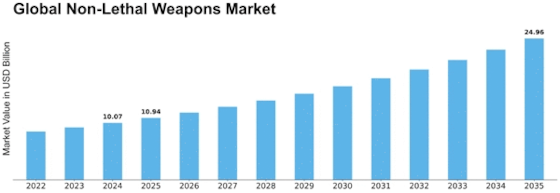

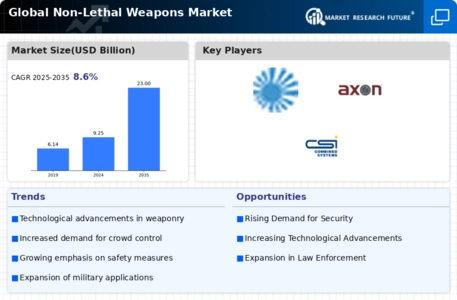

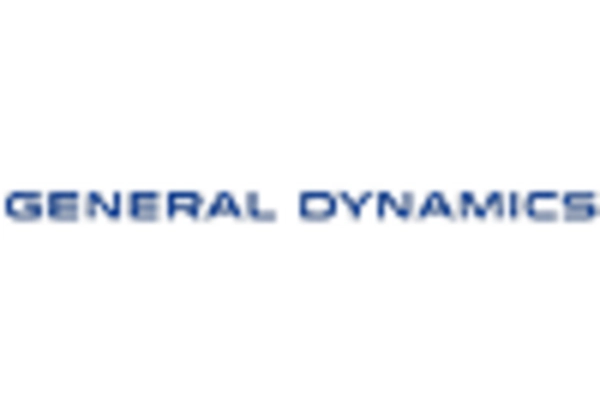


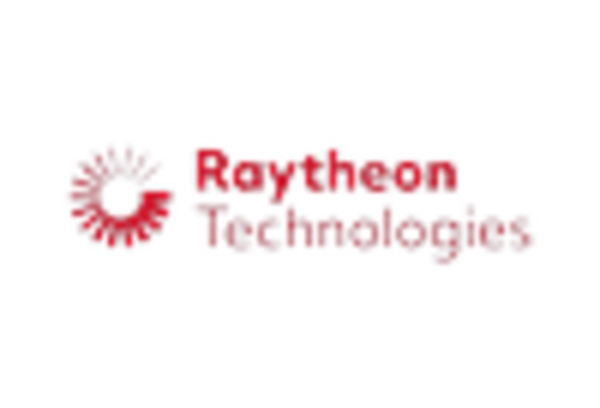
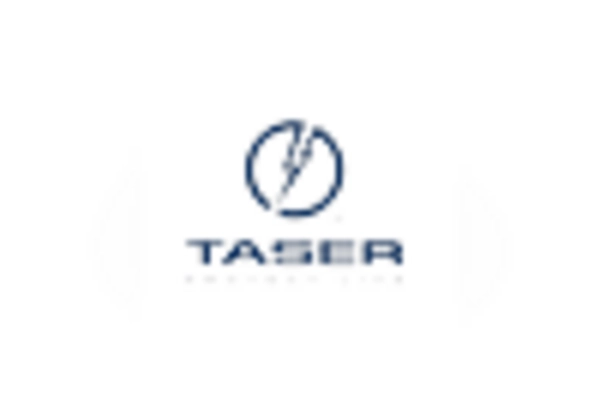

Leave a Comment